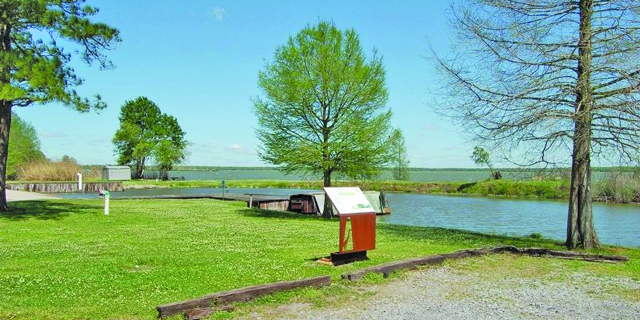Youth adventure
Published 6:00 am Friday, May 4, 2018

- In many parts of Spain the annual celebration of Holy Week includes a series of processions with ornate thrones depicting the stations-of-the-cross. Each massive sculpture requires the side-by-side cadence 50 to 250 volunteers walking in rhythmic order to transport the thrones through the streets.
“Observe them carefully, for this will show your wisdom and understanding to the nations, who will hear about all these decrees and say, ‘Surely this great nation is a wise and understanding people.’ What other nation is so great as to have their gods near them the way the Lord our God is near us whenever we pray to him?” Deuteronomy 4:6-7, New International Version
Nine high school students from around the Teche Area took the adventure of their lives — so far — traveling to Spain in a twin city, two-week orientation during Easter vacation. Divided into two groups to meet different school holidays, the juniors and seniors stayed in homes of host families.
Trending
Students on the trip with Ebrar Reaux or Gladys Chapman, both of New Iberia, as chaperones were Highland Baptist Christian School students Landon Jordan, Dré Mendoza, Caroline Romero, Joey Yelverton and Danielle LeCompta; Delcambre High School senior Seth Tsitso, and New Iberia Senior High School students Jardin Thompson, Ashlyn Maturin and Perry Thompson, a 2016 graduate of NISH.
“This is the first time we’ve had public school students,” Ebrar Reaux said. “Kids are kids in any language. They really hit it off. It was the best trip we’ve done so far. I get to know the Spanish kids here, then go back with our kids to see their reactions in Spain.”
Reaux explained one of the reasons for the timing of the twinning visit was to coincide with the Easter festival in Spain called Semana Santa.
In the city Alhaurin de la Torre in the province of Malaga, the Holy Week has a celebration unlike anything in western culture. Not all Spanish cities participate, Chapman, a teacher at HBCS and a returning chaperone to Spain, said. Each community has either a small or large display of hand-carried floats depicting the stations-of-the-cross. The men or women carrying the elaborate decorations are said to be doing it out of personal penitence.
Only a couple of the youth from New Iberia witnessed the processions in part. Disconcerting were the covered face costumes with age-old dunce hats — symbolizing repentance in the Spanish tradition. But for these youth, they bore only the resemblance of the KKK uniforms they had learned about from history.
“It was a little scary. There were so many people you couldn’t hardly breath,” said Caroline Romero. “You were kind of stuck and had to wait for them to move.”
Trending
In smaller cities it could be a Crucifix carried by a small group. The silver crested floats can require as many as 250 men to carry them.
“They call it a throne and walk in a cadence to not fall,” Chapman said. “The first procession is Palm Sunday, then several processions leading up to the biggest one on Easter Sunday. But the curious thing is people attend the processions but very few people in church Easter Sunday.”
Three students from non-denominational churches in New Iberia wanted to attend the Semana Santa parades, but their hosts didn’t want to attend. Young people in Spain are not religious per se. Most youth are not active in a church.
An unexpected but appreciated church experience was enjoyed by one young member whose family is Mormon. He found a temple and attended a very special service.
“I went to church,” said Jordan, an HBCS student from Franklin. “The great thing about the church I go to, The Church of Jesus Christ of Latter Day Saints, is that it is a worldwide church. The Sunday I was able to go (in Spain) was general conference. The leaders of the church broadcast from Salt Lake City, Utah, all over the world and I had the opportunity to go watch it at the church building.”
He said it was an awesome experience even though the church was not freestanding as Jordan is accustomed to seeing. They met inside of another building. He said there were several wards, or congregations, in the city unlike the Teche Area, which has only a “branch” based on the small number of members.
“The cool thing about our church is that it doesn’t differ from place to place,” Jordan said. “I went on a trip to American Samoa with my parents because my grandparents were missionaries there. We went to church there and they were learning the same stuff we were learning in New Iberia. It’s all set up the same way no matter where you go in the world.”
To a person, the group was grateful for the experience and most said they would like to go back. For reflections on their experience with Spanish foods, read about recipes they discussed on The Daily Iberian’s Food page Wednesday.




